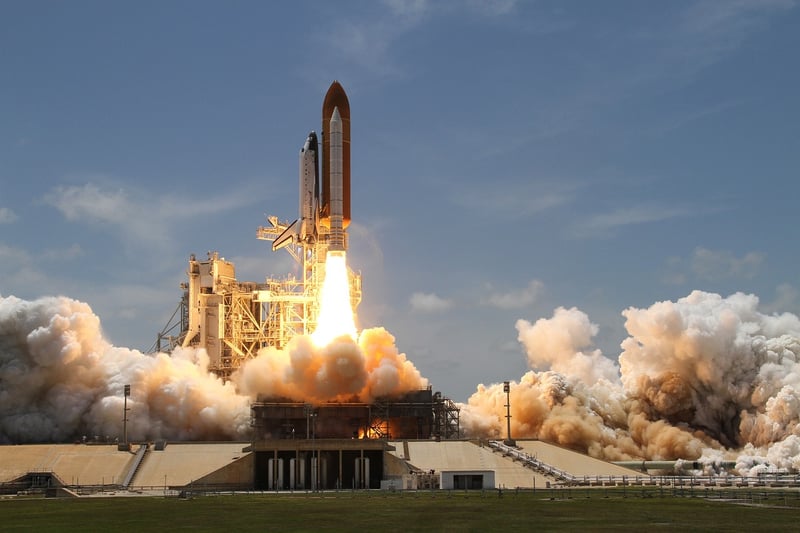Orbital Habitats
The Future of Space Exploration: Human Outposts and Orbital Habitats

Introduction
As humanity's reach extends further into space, the establishment of human outposts and orbital habitats is becoming an exciting reality. These innovative structures not only serve as stepping stones for deeper space exploration but also open up possibilities for long-term human presence beyond Earth.
Human Outposts
Human outposts are planned bases on celestial bodies such as the Moon, Mars, and asteroids. These outposts will provide a permanent or semi-permanent living environment for astronauts, allowing for extended exploration, research, and resource utilization.
Key features of human outposts include life support systems, habitats, laboratories, and communication infrastructure to support astronauts in their missions. These outposts will serve as crucial hubs for scientific research and technological development.
Benefits of Human Outposts:
- Enable long-duration space missions
- Facilitate resource utilization in space
- Pave the way for sustainable human presence beyond Earth
Orbital Habitats
Orbital habitats, also known as space stations, are artificial structures in orbit around Earth or other celestial bodies. These habitats provide a microgravity environment for scientific research, technology testing, and as a staging point for further exploration.
Equipped with advanced life support systems, orbital habitats offer living quarters, laboratories, and recreational areas for astronauts working in space. They play a crucial role in understanding the effects of long-duration spaceflight on the human body and developing technologies for future missions.
Advantages of Orbital Habitats:
- Facilitate research in microgravity environments
- Test new technologies for space exploration
- Provide a platform for international collaboration in space
Conclusion
The establishment of human outposts and orbital habitats represents a significant leap forward in space exploration. These structures not only expand our understanding of the universe but also lay the foundation for sustainable human presence in space. As we venture further into the cosmos, human outposts and orbital habitats will continue to play a vital role in shaping the future of space exploration.
Image Source: Pixabay
